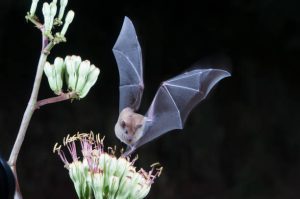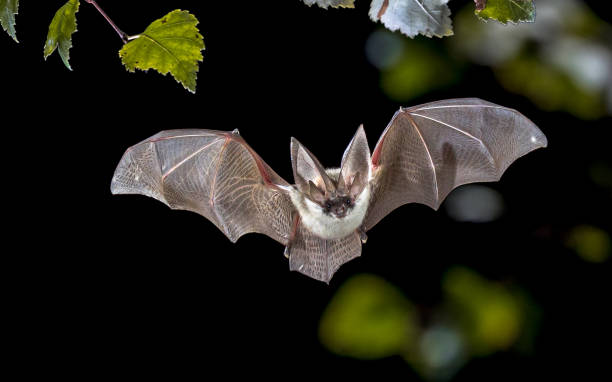There are many threat to bats, that are yet to be known by many of us, even when some are caused by us(humans).
Bat like vultures around the world are vulnerable and prone to danger due to factors like loss of habitat, food or roosts, disease, hunting and killing.
In the last century, there has been significant bat populations suffered by British bat species.
This is proof that threat to bats is a real problem which should be seen as important so we won’t be looking at extinction of these birds.
Major Kinds of Threat to Bats
1. White-nose syndrome (WNS)
One of the most threat to bats is a fatal disease in bats caused by the fungus Pseudogymnoascus destructans.
This disease kills bats in North America and is said to be potentially spread by humans.
The disease affects most cave-dwelling bats and was first discovered by Researchers in New York in the winter of 2006.
Then on, it has spread to over half of the United States,and has proven to be very deadly to bats.
Having killed millions of bats-up to the tune of 99% of some bat colonies in the last few decades.
Also Read: Threat to Vultures
2. Wind Energy
This is a fast-growing source of clean, renewable energy. Notwithstanding, large wind facilities have an effect on the ecosystems they’re in, in this case bats are affected.
Edward Arnett who led a team of researchers studied how wind turbines affect bats.
Commercial wind energy development in the U.S. had a damaging effect on 21 bat species.
Most of these species of bats affected by wind turbines are migratory and tree-roosting species.
3. Climate change
Climate change is a big phenomenon humans are still struggling to understand and adjust to, this seem to pose more difficult to bats.
When rapid, unpredictable, or unusual changes in seasonal weather patterns, like those characterized by climate change occur, it becomes difficult for bats to survive.
Other living organisms are also similarly affected. But, conditions like heat waves and droughts can cause bats to die from overheating especially in the absence of proper shelter and from lack of food during drought.
Massive and frequent wildfires pose harm to bats by destroying their habitat, although this wildfire can sometimes help keep forests healthy, rid it of predators and provide better habitat for bats.
Even within secluded caves, bats are still exposed to dangers sometimes.
Intense storms, early season snow and prolonged freezing and heavy rainfall can happen causing flood, as a result killing entire colonies of bats trapped in caves or mines.
4. Habitat loss

Ecologists frequently use the term “habitat loss” when describing threats to many forms of wildlife.
Habitat loss means specific species has less and less of the natural spaces and resources available that they’ve depended upon overtime to survive and thrive.
Loss of habitat seen in fragmentation, destruction, degradation etc are major threat to bats.
Bats make habitats in a variety of places—trees, caves, old mines and usually near water.
Different species of bats also survive in different ecosystems, but factors such as these reduce the amount of natural places for bats to live.
Destruction – likely the most well known type of habitat loss, it happens when important habitats for shelter or prey for bats are removed.
Activities like cutting down trees, development of open spaces for roads or buildings, draining wetlands etc.
All of which reduces natural habitat for wildlife, including bats.
Bat species at risk of extinction
In a red list by the Mammal Society for Natural England, Natural Resources Wales, Scottish Natural Heritage one of 11 mammal species native to Britain classified as being at imminent risk of extinction are bats.
Specific species are: Greater mouse-eared bat, grey long-eared bat, serotine and barbastelle.
Two more species are classified as Near Threatened, they are: Leisler’s bat and Nathusius’ pipistrelle.
Conclusion
While, threat to bats happen, they are several actions that could serve as remedial steps, solutions and aimed towards bats conservation that can and should be cultivated.
To be able to address this better, there is a need for further research coupled with well implemented legal protection,
Also targeted land management and education programmes is another approach that will ensure the survival of this vital part of our natural heritage.
